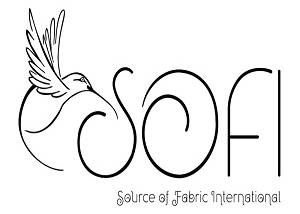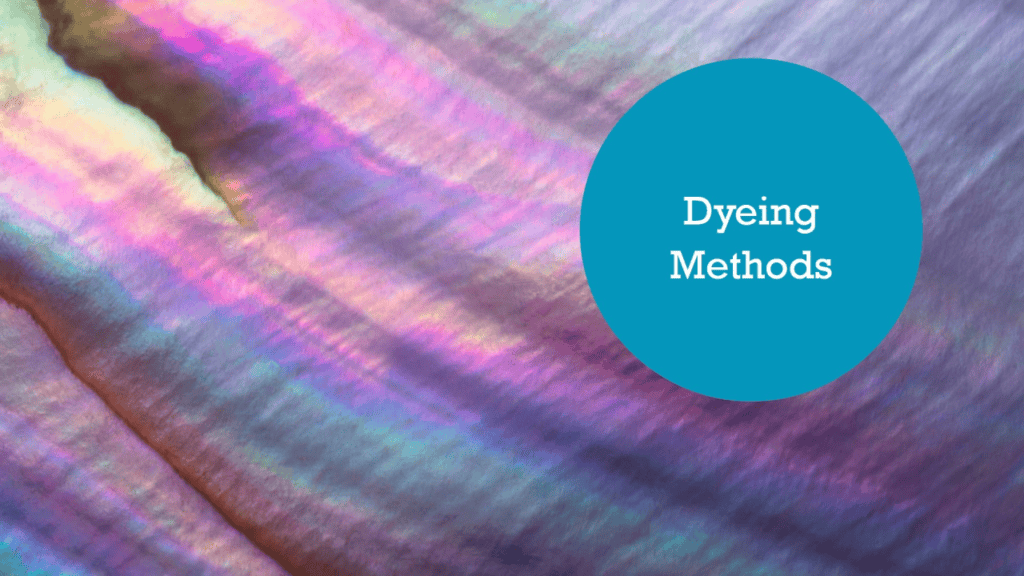Dyeing fabrics is an age-old practice that has evolved into a sophisticated science and art form. The different methods of dyeing fabrics provide textile manufacturers and artisans with a wide range of techniques to achieve vibrant and long-lasting colors. In this article, we will explore five powerful methods of dyeing fabrics, each with its unique process and advantages.
1. Direct Dyeing
Direct dyeing is one of the simplest and most cost-effective methods of dyeing fabrics. In this process, dye is applied directly to the fabric without the need for a mordant. The fabric is usually pre-treated with a solution to enhance dye absorption and then immersed in the dye bath. Direct dyeing is suitable for a variety of fibers, including cotton, wool, and nylon. While it offers a straightforward application, the color fastness may not be as high as other methods, requiring additional treatments to improve durability.
2. Vat Dyeing
Vat dyeing is renowned for producing highly durable and colorfast fabrics. This method involves using vat dyes, which are insoluble in water. The fabric is first treated with a reducing agent to make the dye soluble. After immersion in the dye bath, the fabric is exposed to air, which oxidizes the dye and restores its insolubility, bonding it firmly to the fabric fibers. Vat dyeing is particularly popular for dyeing cotton and other cellulose fibers, offering vibrant colors that resist fading even with repeated washing.
3. Reactive Dyeing
Reactive dyeing is a widely used method, especially for cellulose fibers like cotton and rayon. This process involves chemically bonding the dye to the fabric, creating a permanent attachment that results in excellent color fastness. Reactive dyes react with the fibers, forming a covalent bond that ensures the dye remains fixed even after multiple washes. This method allows for a wide range of bright and vivid colors, making it a favorite in the textile industry for producing high-quality fabrics.
4. Disperse Dyeing
Disperse dyeing is specifically designed for synthetic fibers such as polyester and acetate. Disperse dyes are insoluble in water and require high temperatures to dissolve and adhere to the fabric. The fabric is subjected to heat, either through boiling or steaming, which causes the dye to sublimate and penetrate the fibers. This method is known for producing vibrant and long-lasting colors on synthetic fabrics, making it ideal for sportswear, outerwear, and other polyester garments.
5. Natural Dyeing
Natural dyeing is a traditional method that has seen a resurgence in popularity due to its eco-friendly and sustainable qualities. This technique uses dyes derived from natural sources such as plants, minerals, and insects. Examples include indigo, madder root, and cochineal. While natural dyeing can be labor-intensive and requires precise techniques to achieve consistent results, it offers a unique aesthetic and a lower environmental impact compared to synthetic dyes. Natural dyeing is valued for its historical significance and the beautiful, earthy tones it produces.
Advantages and Considerations
Each method of dyeing fabrics has its own set of advantages and considerations. For instance, direct dyeing is cost-effective but may require additional treatments for color fastness. Vat dyeing offers excellent durability but involves a complex chemical process. Reactive dyeing provides vibrant and wash-resistant colors, making it ideal for high-quality garments. Disperse dyeing is the go-to for synthetic fibers, ensuring bright colors that last. Lastly, natural dyeing, while labor-intensive, promotes sustainability and produces unique hues. Must Read: Understanding Cotton Fabric: 7 Crucial Insights
Conclusion
The different methods of dyeing fabrics provide diverse options for achieving beautiful and lasting colors in textiles. Whether through the straightforward approach of direct dyeing, the chemical bonding of reactive dyeing, or the eco-friendly practices of natural dyeing, each technique has its place in the textile industry. By understanding and utilizing these methods, fabric manufacturers like SOFI can enhance the quality and appeal of their products, catering to a wide range of consumer preferences.


